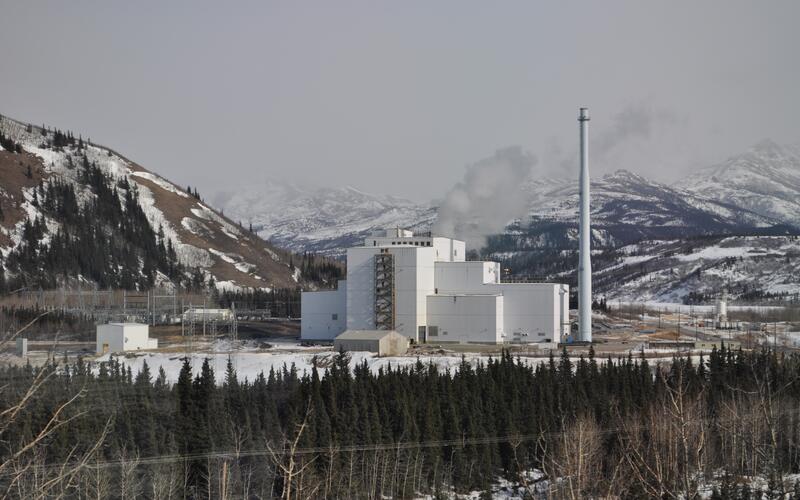The insidious impact of coal power plant pollution on kids’ performance in schools

The insidious impact of coal power plant pollution on kids’ performance in schools
Pollution from coal-fired power plants harms human health. Low-income neighborhoods are often the most exposed to coal impacts. New research highlights closing power plants can improve children’s health and performance in school.
Komisarow, S., & Pakhtigian, E. L. (2022). Are power plant closures a breath of fresh air Local air quality and school absences. 112, 102569–102569. https://doi.org/10.1016/j.jeem.2021.102569
Coal combustion generates one-quarter of all U.S. electricity. Coal-fired power plants are known culprits for releasing harmful pollutants into surrounding communities. Toxins like sulfur dioxide, nitrogen oxides, harmful solid particles, and liquid droplets are called “particulate matter.” These particulates are known to have negative impacts on birth outcomes and human health. However, a research gap exists regarding how coal pollution affects one of the most vulnerable population segments in America: children.
In a March 2022 article published in the Journal of Environmental Economics and Management, researchers examined the impact of closing three major coal-fired power plants on nearby children. They hypothesized that there would be a link between coal-related air pollution and children’s health, so they analyzed school absences and the rate of adolescent hospital visits in the following 3 years.
The researchers had the opportunity to run a “natural experiment” on how the 2012 closures of three significant coal-fired power plants—the Crawford, Fisk Street, and State Line Generating Stations—impacted the health of surrounding communities. Before their closures, these were some of the largest operational plants in the country. They emitted air pollution into Chicago-area communities for decades.
School data like attendance can shed light on health because kids spend most of their waking hours each day in school. It is also easy to track and access attendance records. This study evaluated data on 2.3 million children in schools within a 10-kilometer distance from the plants. Eighty-one percent of that figure were recipients of free or reduced lunch, which the researchers used as a metric to indicate low-income households.
Following the power plant closures, there was a 6 percent decrease in absences in schools within 10 kilometers of the plants. That amounts to around 363 fewer absences per elementary school per year on average. Absence rates also decreased over time as air quality improved. Hospital data for asthma-related conditions in elementary school-aged kids showed that emergency room visits declined by 9 percent per year in impacted regions.
Although there is a gap in youth-specific research, children may be the most susceptible population group to the impacts of air pollution for three main reasons. First, children are known to have different breathing patterns than adults. Their breath patterns are quicker, making their lungs more exposed. Second, they are more likely to breathe through their mouths, which are less filtered than the nose. Finally, they also partake in more high-ventilation physical activity, often in outdoor settings. Meanwhile, they are still at a stage of immature development.
By considering the link between vulnerability, school, and hospital data, the researchers were able to conclude that pollution emitting from the power plants directly impacted kids’ health. Further, this link reveals the benefits that the ongoing energy transition could hold for children.
Current U.S. electricity dependence on fossil fuels, like coal, disproportionately affects children, primarily from low-income households. This new research suggests that moving toward a cleaner electricity mix reduces inequity and supports health by improving overall air quality.




